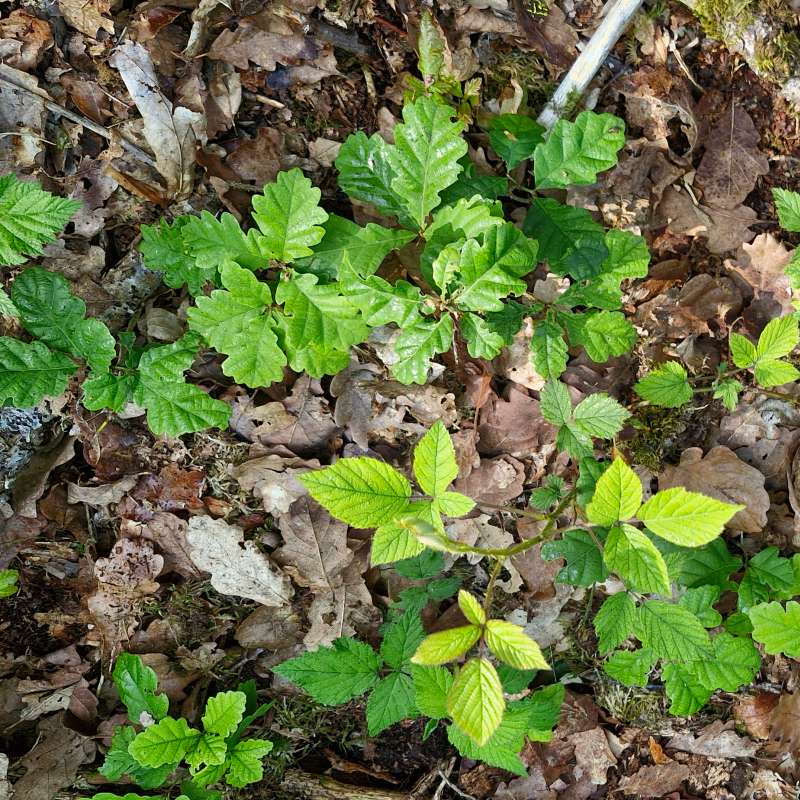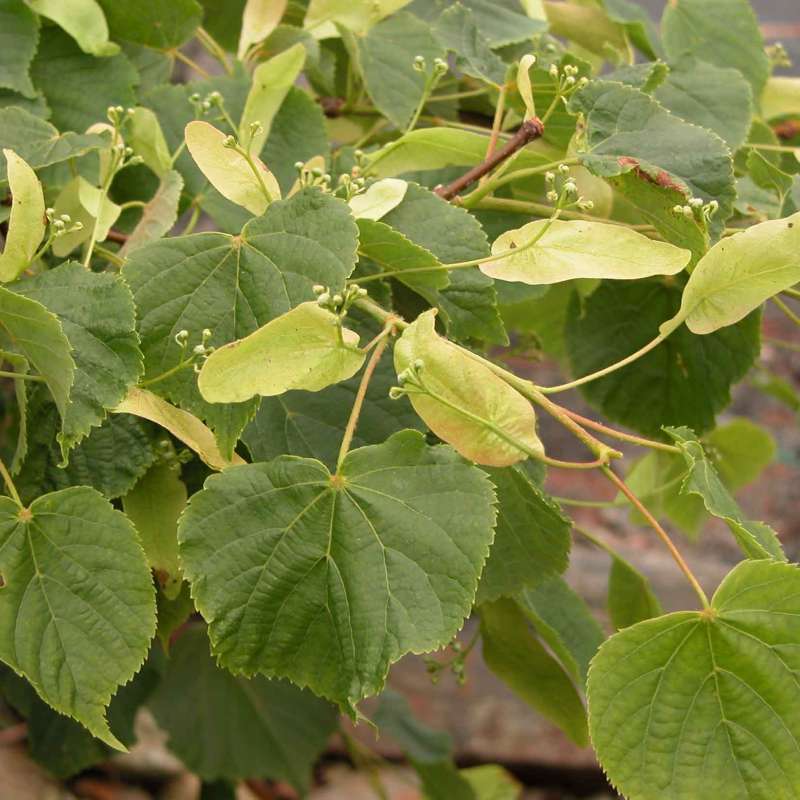Arne Steffenrem
Forsker
(+47) 916 70 420
arne.steffenrem@nibio.no
Sted
Steinkjer
Besøksadresse
Ogndalsveien 2, 7713 Steinkjer
Forfattere
David Chludil Jaroslav Čepl Arne Steffenrem Jan Stejskal Christi Sagariya Torsten Pook Silvio Schueler Jiří Korecký Curt Almqvist Debojyoti Chakraborty Mats Berlin Milan LstibůrekSammendrag
Det er ikke registrert sammendrag
Forfattere
David Chludil Curt Almqvist Mats Berlin Arne Steffenrem Steven E. McKeand Jiří Korecký Jan Stejskal Jaroslav Čepl Fikret Isik Debojyoti Chakraborty Silvio Schueler Torsten Pook Christi Sagariya Milan LstibůrekSammendrag
Det er ikke registrert sammendrag
Forfattere
Arne SteffenremSammendrag
Gjesteforelesning i botanikk, Nord Universitetet

Divisjon for skog og utmark
OakBreed: Motorveien til genetisk forbedret eikefrø
OakBreed-prosjektet har som mål å etablere langsiktig foredling av eik i Norge. Fokus er på to hjemmehørende arter: sommereik (

Divisjon for skog og utmark
OptFORESTS - Harnessing forest genetic diversity for increasing options in the face of environmental and societal challenges
OptFORESTS har som overordnet mål å bidra til bevaring og bruk av skogtregenetiske ressurser i Europa og er en oppfølging av ambisjonen i EUs grønne giv (Green Deal) om å plante 3 milliarder trær i EU innen 2030. Skogplantingen vil øke karbonbindingen og tilføre samfunnet mer trevirke som en sentral del av grønn omstilling. OptFORESTS rolle er å utvikle både skogfaglig og sosiokulturell kunnskap for å kunne ta flere treslag i bruk i skogbruket, bidra til restaurering av skog og øke produksjonskapasiteten i skogplanteskolene i Europa. NIBIO er sammen med 18 andre institusjoner fra 15 land partner i dette prosjektet som går helt til 2027.
